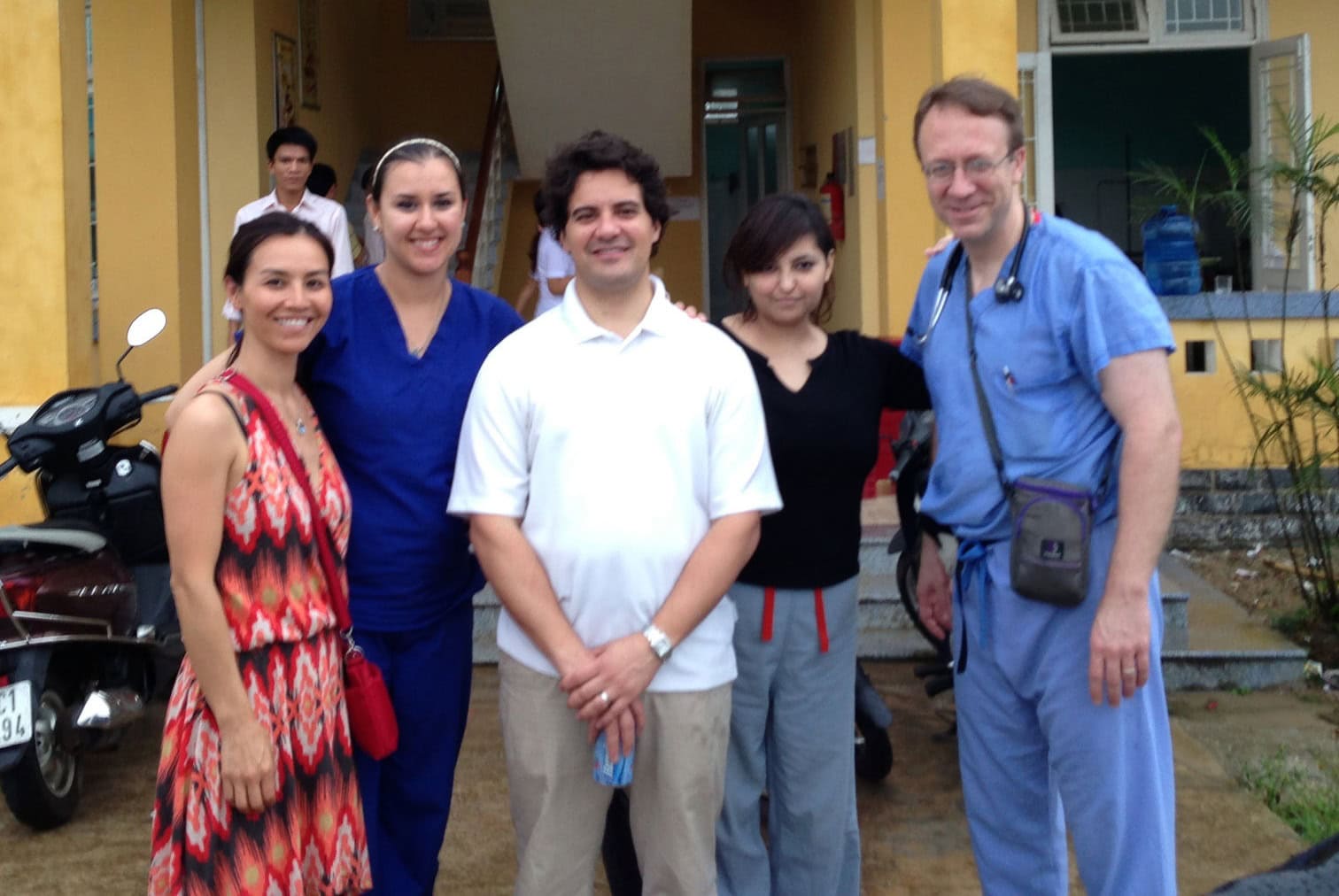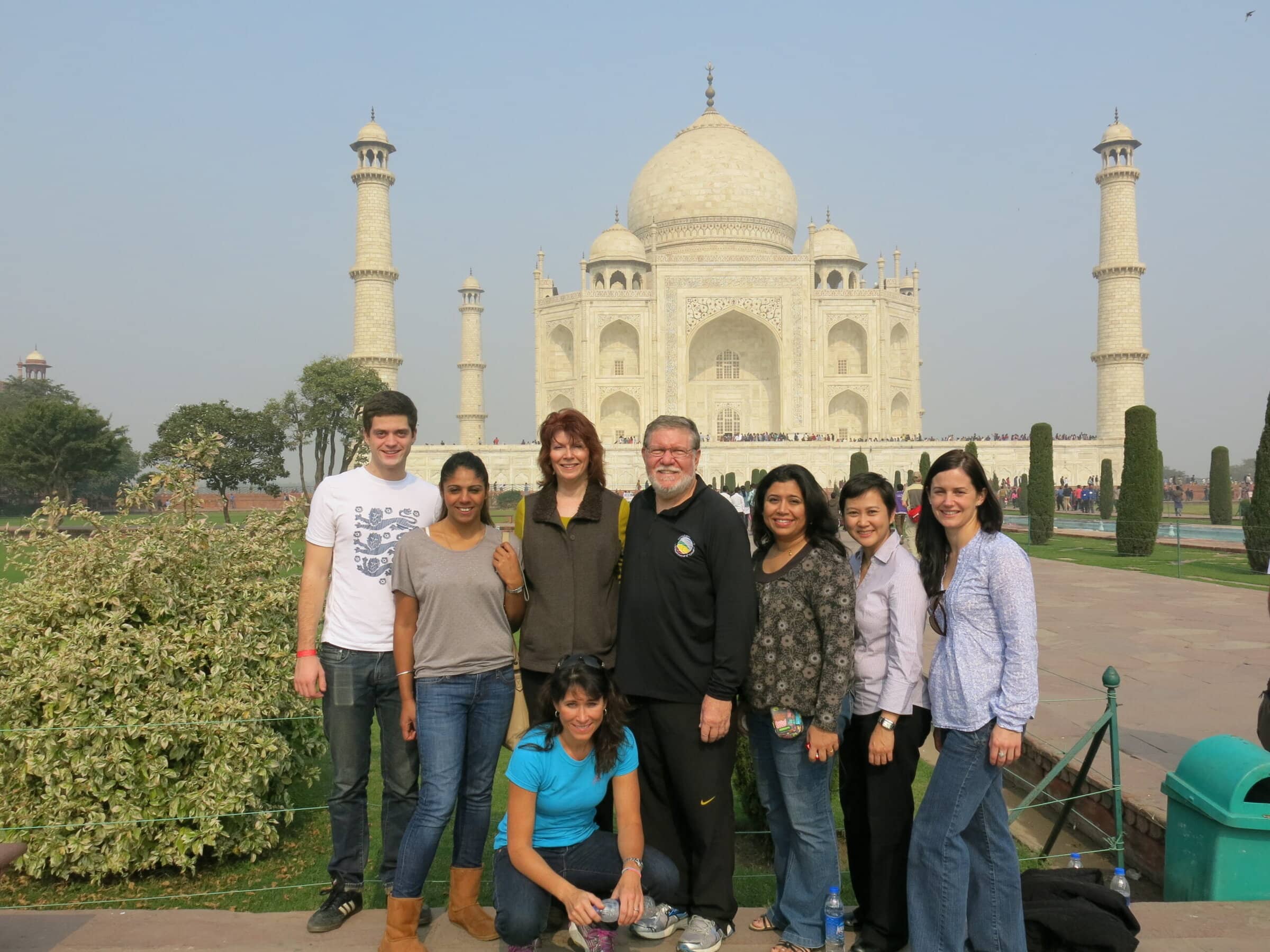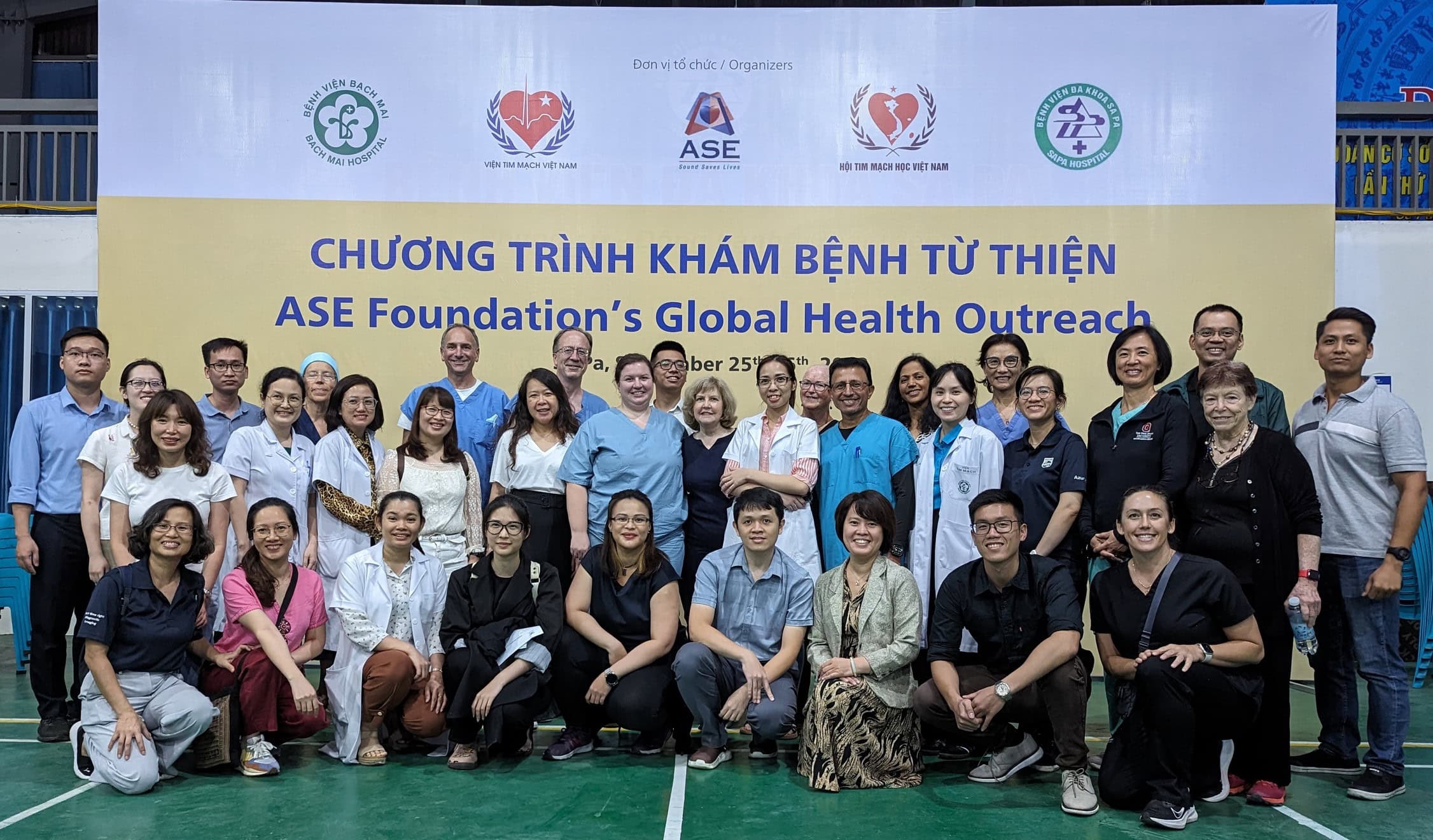Outreach Events
Being on the ground in many areas of the world has immeasurable benefits to the field: stimulating global connections between health care providers; advancing population health research through data collection; teaching local professionals enhanced techniques and skills; fostering dialogue with engineers and manufacturers on field tests in remote conditions; and, ultimately, providing quality diagnostic cardiac care to the underserved.



Guideline Translations & Dissemination
The ASE Foundation supports the dissemination and translation of the Society’s practice guidelines and patient care protocols to the global community.
An extensive network of volunteers and partner organizations assists the Foundation in bringing these resources to practitioners across the globe. In this way, the ASE Foundation is working to standardize treatment and improve the quality of patient care worldwide.
Guideline translations are available in the following languages:

